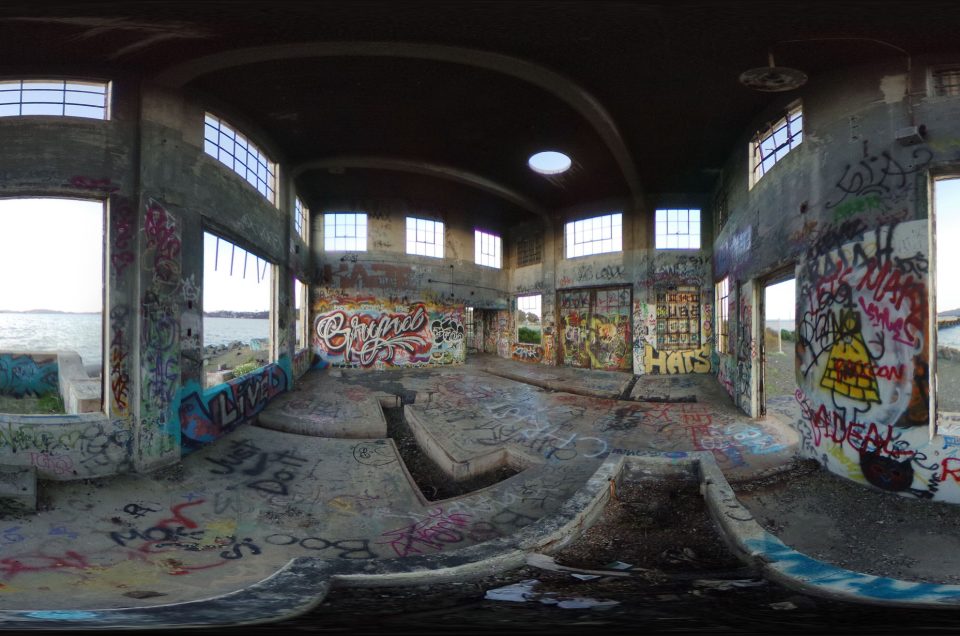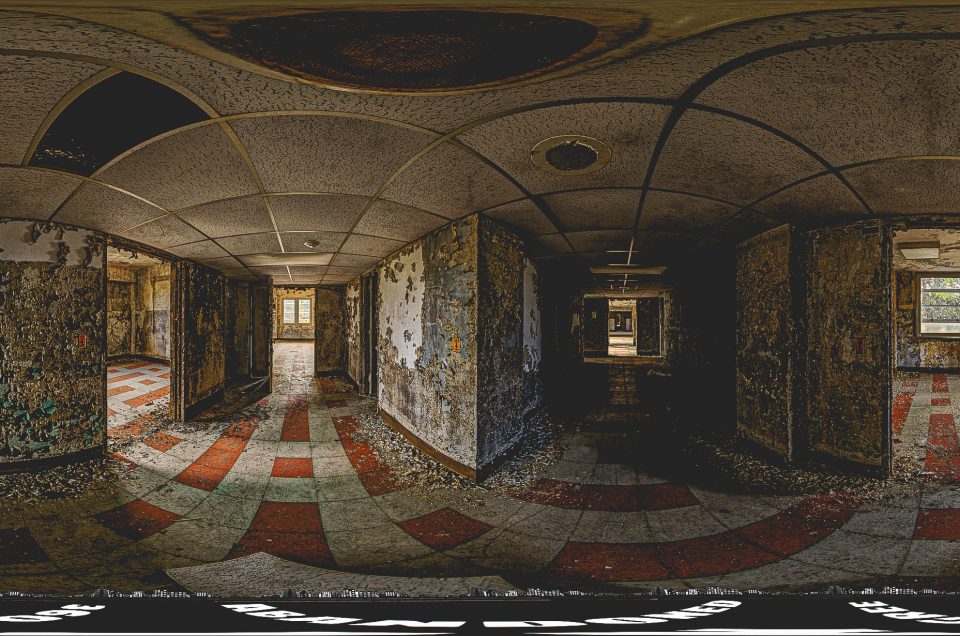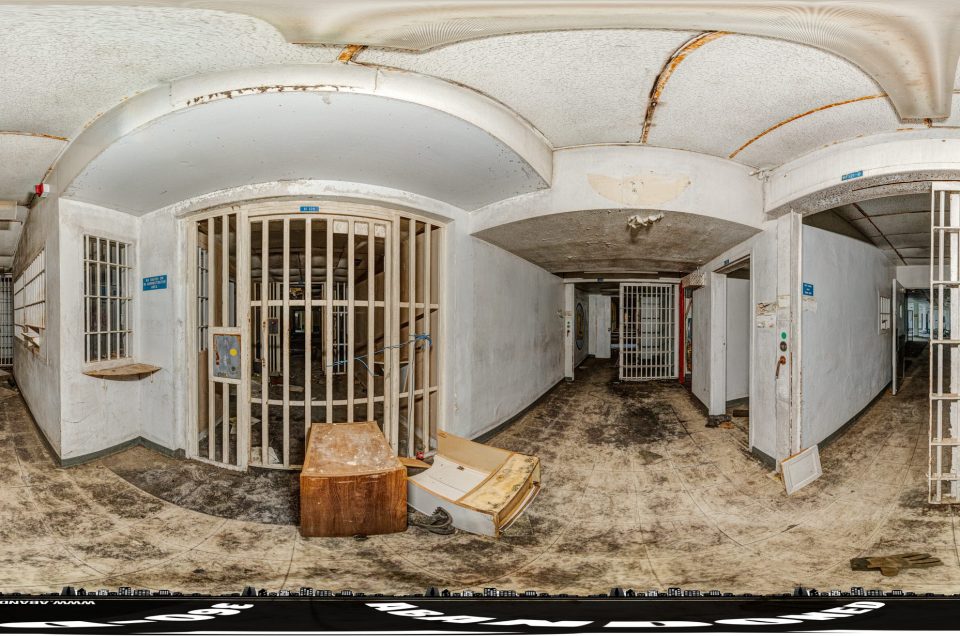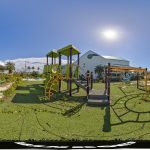- Advertisements

-
Follow on Social Media
-
Latest Posts
- Santa Fe Railroad Terminus at Point Richmond
- Howell Building at Central State Hospital
- Holly Building at Scott State Prison
- Alan Kemper Building at Scott State Prison
- Ingram Building at Scott State Prison
- Ocmulgee River Train Swing Bridge
- Super 8 by Wyndham Asheville-Biltmore
- Camp Beechwood
- Washington Building at Men’s State Prison
- Mombello Psychiatric Hospital
- Advertisements
Top Abandoned Locations in Each State
- Abandoned Places in Alabama
- Abandoned Places in Alaska
- Abandoned Places in Arizona
- Abandoned Places in Arkansas
- Abandoned Places in California
- Abandoned Places in Colorado
- Abandoned Places in Connecticut
- Abandoned Places in Delaware
- Abandoned Places in Florida
- Abandoned Places in Georgia
- Abandoned Places in Hawaii
- Abandoned Places in Idaho
- Abandoned Places in Illinois
- Abandoned Places in Indiana
- Abandoned Places in Iowa
- Abandoned Places in Kansas
- Abandoned Places in Kentucky
- Abandoned Places in Louisiana
- Abandoned Places in Maine
- Abandoned Places in Maryland
- Abandoned Places in Massachusetts
- Abandoned Places in Michigan
- Abandoned Places in Minnesota
- Abandoned Places in Mississippi
- Abandoned Places in Missouri
- Abandoned Places in Montana
- Abandoned Places in Nebraska
- Abandoned Places in Nevada
- Abandoned Places in New Hampshire
- Abandoned Places in New Jersey
- Abandoned Places in New Mexico
- Abandoned Places in New York
- Abandoned Places in North Carolina
- Abandoned Places in North Dakota
- Abandoned Places in Ohio
- Abandoned Places in Oklahoma
- Abandoned Places in Oregon
- Abandoned Places in Pennsylvania
- Abandoned Places in Rhode Island
- Abandoned Places in South Carolina
- Abandoned Places in South Dakota
- Abandoned Places in Tennessee
- Abandoned Places in Texas
- Abandoned Places in Utah
- Abandoned Places in Vermont
- Abandoned Places in Virginia
- Abandoned Places in Washington
- Abandoned Places in Washington D.C.
- Abandoned Places in West Virginia
- Abandoned Places in Wisconsin
- Abandoned Places in Wyoming
-

Amusement Park Brevard County California Cataloochee Chernobyl Exclusion Zone Church Croatia Factory Florida Fort Franklin County Georgia Ghost Town Government Homes Hospital Hotel Iona Italy Lee County Florida Massachusetts Military Mining Nevada New York North Carolina Orange County Osceola County Outlet Mall Pennsylvania Platinum Membership Power Plant Prison Restaurant Ruins School South Carolina Soviet Era Spain Ukraine United Kingdom USA Vehicles Volusia County World War 2
Popular Posts
- Sanibel Outlet MallFebruary 25, 2024
- Goose Creek Dr. Seuss TowerFebruary 13, 2024
- Beech Grove SchoolJuly 30, 2022
- Sanibel Outlet Mall








